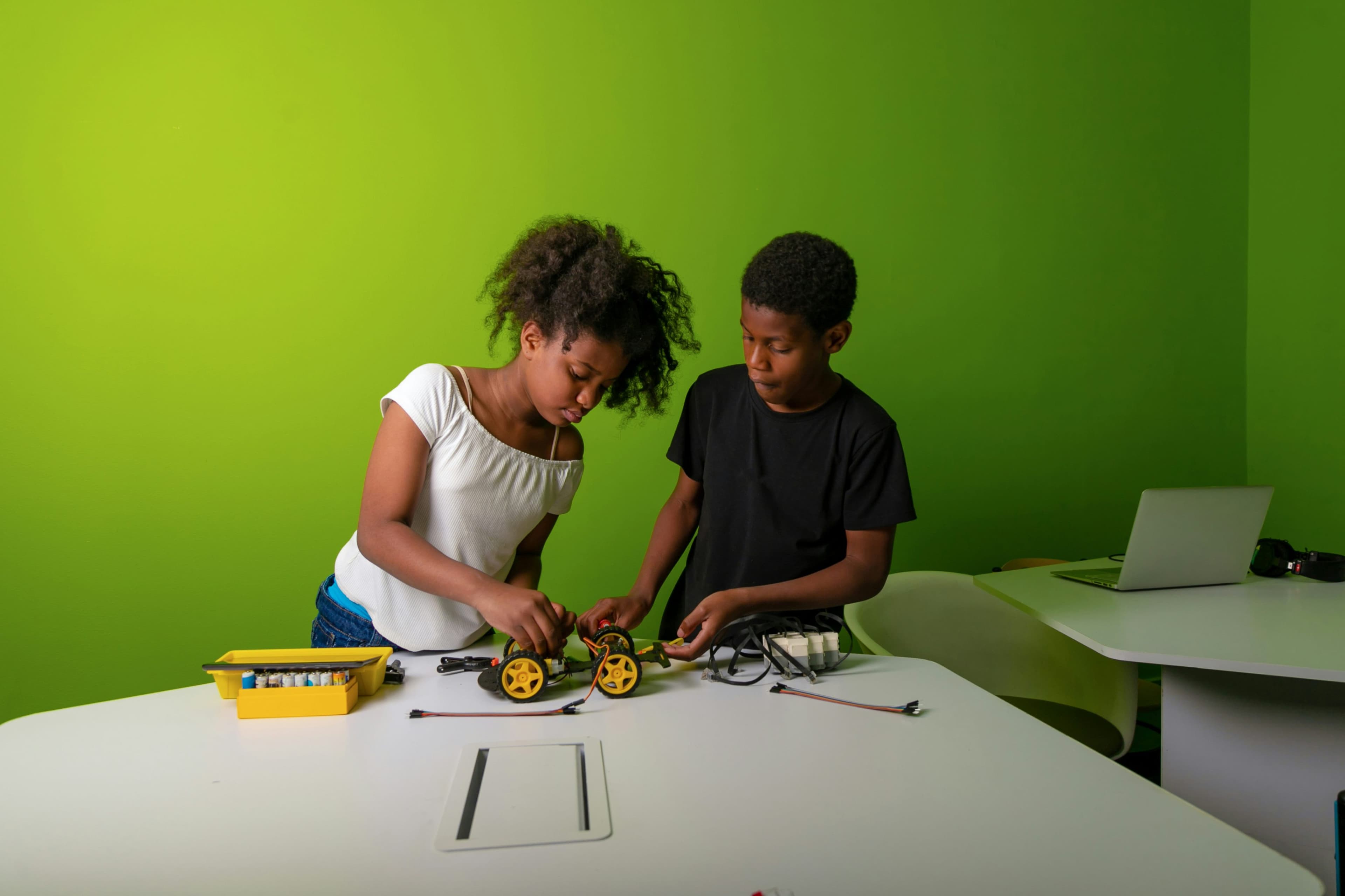
Strategy Over Script: Dynamic Ways to Meet Student Needs
A few years ago, I watched one of my students quietly disengage during a lesson I’d spent hours preparing. It struck me that even the best curriculum misses the mark if it doesn’t connect with students’ real needs. That moment changed how I approached teaching, shifting my focus to who was in my classroom- not just what I was supposed to teach.
Responsive Teaching: More Than Rigor
For years, I clung to the security of well-designed pacing guides and standards, believing fidelity to the curriculum would guarantee results. Research and classroom experience taught me otherwise. Academic growth accelerates in classrooms where teachers respond to individual needs, not just deliver content. Studies reveal that students in differentiated classrooms improve long-term retention and engagement by 15–20% over those taught with a one-size-fits-all approach.
It’s not about abandoning rigor. The greatest impact always happens when learning experiences are relevant, personalized, and accessible, regardless of the textbook or script.
Why Student-Centered Instruction Matters
Standards outline the “what,” but students shape the “how.” Each class brings an incredible mix of readiness, interests, and cultural backgrounds. When I’ve adapted lessons by incorporating choice, responding to formative data, and inviting student input, I’ve watched engagement and achievement soar—especially among students who otherwise felt invisible.
A student-centered mindset turns the classroom into a laboratory for equity and inclusion. The payoff? Students are more likely to invest in their own learning journeys when they know their voices matter.
How I Identify Student Needs
My process starts with observation and data, but also with relationships. Here are a few strategies I use:
I open each lesson with a quick five-minute check, like an exit ticket or thumbs-up/thumbs-down poll, to gauge not only understanding but also mood and readiness.
Before new units, I give brief pre-assessments or use interest surveys to find out what students already know and what sparks their curiosity.
Throughout lessons, I track who participates, who seems confused, and who asks questions, using these observations to adjust my plans.
Most importantly, I ask students for input- what’s working, what isn’t, and how they prefer to learn. Sometimes the answers surprise me, and they always help me grow as a teacher.
Embedding Student Needs into Instruction
I’ve learned that differentiation doesn’t mean lowering expectations. Instead, I embed flexibility in every l
Read-Only
$3.99/month
- ✓ Unlimited article access
- ✓ Profile setup & commenting
- ✓ Newsletter
Essential
$6.99/month
- ✓ All Read-Only features
- ✓ Connect with subscribers
- ✓ Private messaging
- ✓ Access to CityGov AI
- ✓ 5 submissions, 2 publications
Premium
$9.99/month
- ✓ All Essential features
- 3 publications
- ✓ Library function access
- ✓ Spotlight feature
- ✓ Expert verification
- ✓ Early access to new features
More from Education
Explore related articles on similar topics





